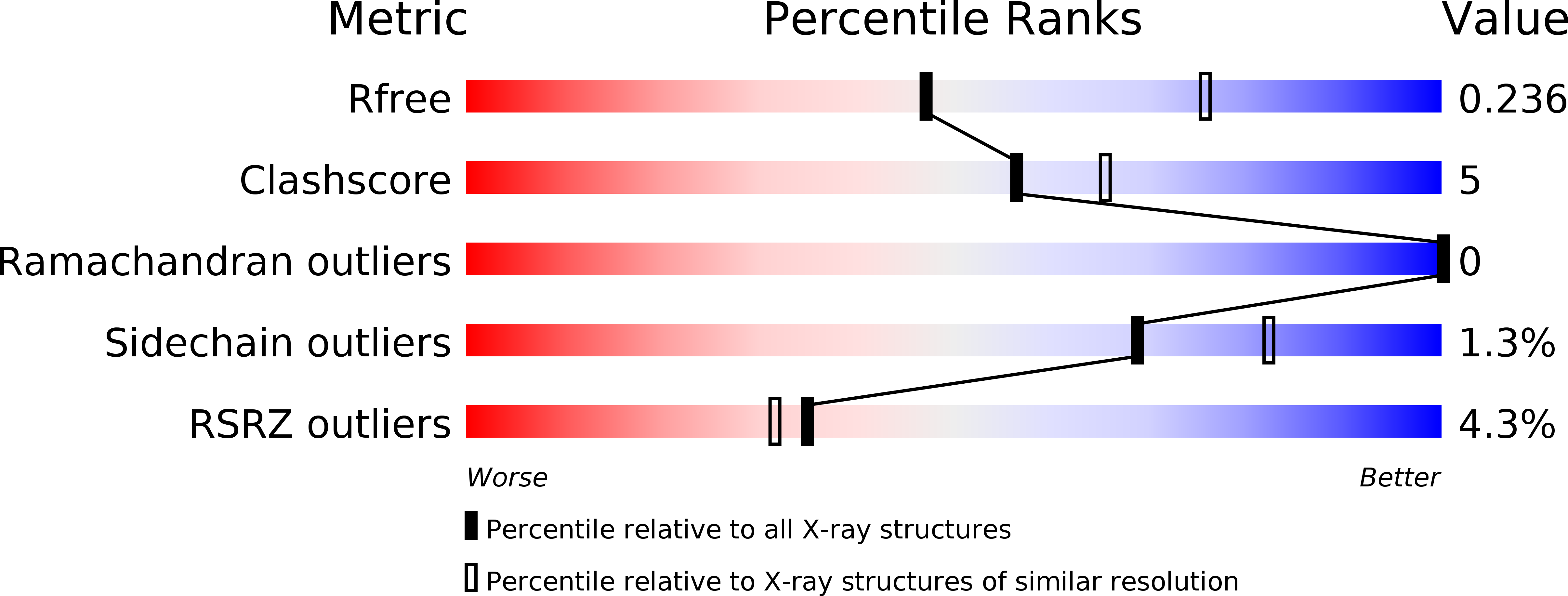
Deposition Date
2014-02-20
Release Date
2014-04-09
Last Version Date
2024-11-06
Entry Detail
PDB ID:
4P02
Keywords:
Title:
Structure of Bacterial Cellulose Synthase with cyclic-di-GMP bound.
Biological Source:
Source Organism:
Rhodobacter sphaeroides (Taxon ID: 272943)
Host Organism:
Method Details:
Experimental Method:
Resolution:
2.65 Å
R-Value Free:
0.23
R-Value Work:
0.19
R-Value Observed:
0.20
Space Group:
P 21 21 21


